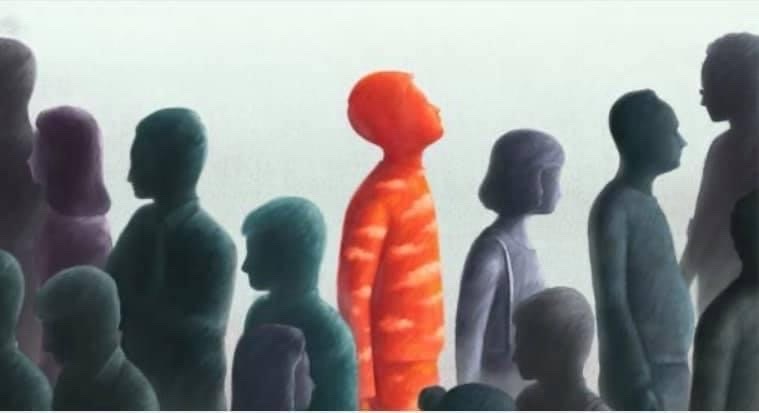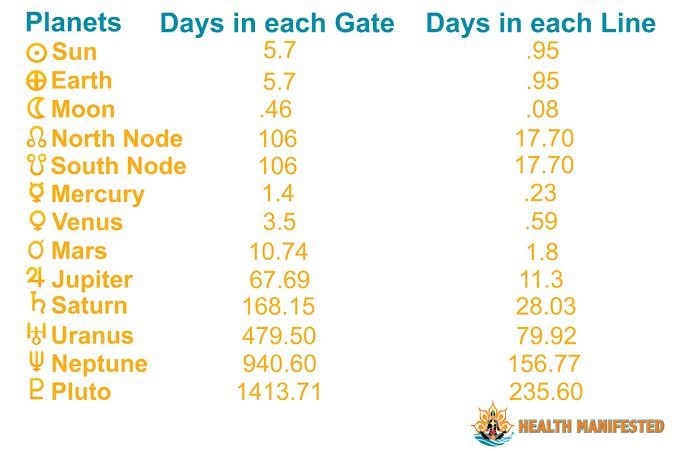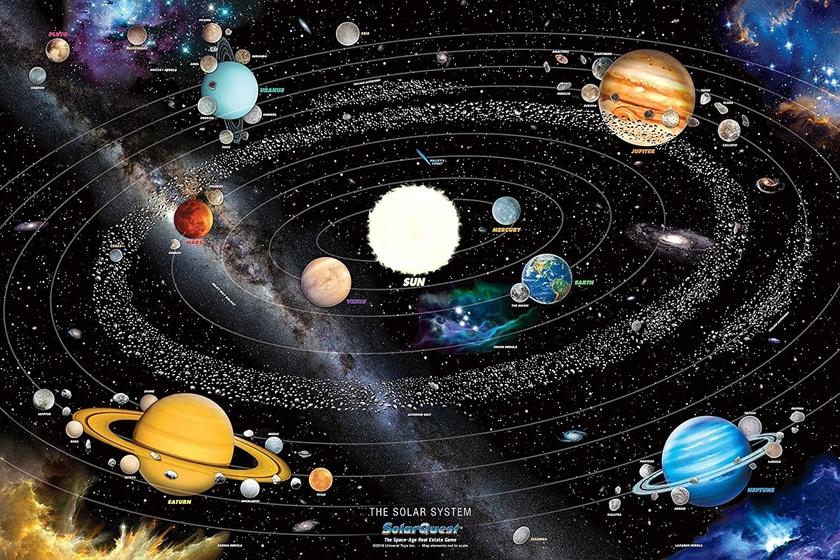This is a post from Di Vin on FB, if I recall she’s a MG, so interesting to watch her “foundationally driven” design have so much more energy than my similar-in-many-ways one :)
Haven’t counted my 1st lines - at least not recently, but I am Fear/separatist too 👍🏼
Can drop a comment with the link to the Color book that she gave me when I asked about where this Ra quote came from.
Gotta go find it again first 🙃
Di Vin wrote:
Man, it’s a trip to be a First Line, First Color Mind during these crazy times.
But it makes sense why people feel so unstable when I’m sharing alternative views and “conspiracy theories”.
Honestly, if it makes you uncomfortable.. keep scrolling. (Or discuss respectfully)
~ it’s just in my nature to go against the herd and assess risk for a sense of my own personal safety, security and survival.
From a Human Design standpoint, my “Motivation” is “Fear ~ the Separatist”
(I also have a lot of 1’s in my chart. I’m a 1/3 with 1/3 Nodes and 6 first Lines, five of them conscious.)
This is a text from Ra Uru Hu about the First Color Mind.
It’s going to be long, but make of it what you will.
THE FIRST COLOR 1 FEAR Communalist / Separatist
“We're going to begin with the very first color. Again, recognize that color represents the way we're designed to respond to being. At the very basis of how we respond to being is fear. In other words, fear is the very first motivation. So, I'm somebody who has a 5/1 profile and even though I happen to have a fourth color as my own color, the fact of the matter is that the first line theme that I have at the unconscious level is always going to resonate to fear. In other words, that coloring is going to color the way that my first line works in my profile.
Everybody who's carrying a first line, wherever you see you have a first line (and I have ten), the underlying motivation is fear and the fear works two ways: you're either a communalist or you're a separatist. I'm a separatist most of the time but I know how to be a communalist.
Think about how that actually works. We know, for example, that the theme of the first line is insecurity until there is authority: the need to be able to establish a solid foundation, to be able to do the research and, in establishing that foundation, to feel secure and, in that security, to be able to demonstrate authority and, in demonstrating authority, to get rid of the inferiority or the uncertainty. That's a first line. So, what motivates that first line is fear. What motivates that insecurity and drives that insecurity to try to find a solid foundation is fear. It's fear that the foundation isn't solid. It's fear that everything, as a result, is going to be chaos. I guarantee you that the people who brought chaos theory into the world are all carrying heavy first line themes, rooted in this deep fear that it doesn't or can't all fit. It's mad. It's crazy. They don't know what to do. The underlying motivation is the fear.
SEPARATIST
Now, look at the binary. We have two ways in which we're moved by fear to overcome the fear. One is we run away. We build a wall around ourselves. We arm ourselves with whatever we need and we make sure that nobody comes near us. In other words, we become paranoid. We become very defensive. We don't allow people to get close to us. We close off the barriers to all of that. That's the separatist side. It's just pulling away. So many people who have first lines, you don't really get to see them for a lot of time in their life because they're usually hidden away somewhere digging into the foundation and trying to make it work. They don't know why they're doing that. It's not like they have access to the fear underneath that's motivating that. They don't, but if they're not getting to the foundation, they suddenly become very upset and very nervous and very cranky because that's a very powerful force underneath.
COMMUNALIST
The other side is the communalist. I'm going to be safer if I share this space with others because there is safety in numbers. Not only is there safety in numbers, but there is the possibility of being able to do research and of being able to work together on the foundation.
So, when you have somebody that has a first line in their profile, they're going to be motivated to either be loners in their life or to seek out others in order to find protection. It doesn't matter that they finally become secure beings or that they finally get that foundation. That underlying motivation isn't going to go away.
One of the things to see is that every time that you get the sense that there is a community, all of a sudden, separatism arises. You can look at all of the places in the world where you have separatist movements, because they think it's safer to be separate. If you're an Albanian in Macedonia, you think it's safer to be separate. This is a mechanism that is underlying the foundation of what it is to be human, one of the basic responses to the threat of what life is. Remember, we are bio‐systems; we are always under threat. We are driven to form communities or to separate in order to be safe and to be able to get to the bottom of things and be secure.
Fear drives us to find out how things work. Once we find out how things work, we get a sense of security. I don't want you to look at this duality as polarities. I want you to look at it as a prana. It's an ongoing prana, a naturally flow from one to the other. In looking at it as a prana, you can see an evolutionary pattern, an underlying motivation in humanity to bring us to the point that we've reached today in the development of our civilization.
Also, as a first color theme, a foundation theme, in understanding its evolutionary process, you can also see that time is just about coming to an end. You can see through the color itself that there's a limit to how we can evolve in this particular form. Think about how that works. You start off in the beginning, whatever our mythical beginning is, whatever group or beginning source you have, and basically, the way that we've evolved is that community, tribes or whatever, have grown together for security. Yet, the moment that they grow together and the moment that there's a semblance of security, there is a breakup of that and a moving on. The first line theme of the demand for a solid foundation is also the beginning of what we call migratory patterns: the need within humanity not to be satisfied in one valley because the foundation is not complete with one valley. One valley is not enough. What's on the other side, over the next valley? Not everyone will go out there looking for the next valley. Some will stay behind.
Each communal structure naturally creates separatism, and the separatism then opens up a new communal structure that naturally will breed separatism. So you start off with one form of ideological Christianity, and you end up with about 8,000 sects today. You keep on going from community formation and then separatism takes place and out it goes.
If you really think about that, it's almost like cell division. I want you to see this as an underlying process. Now of course, we've gotten to a point where separatism is not about discovery very much anymore. Oh yes, there are those who want to live on Mars. "Let's leave this community and be separatists over there," but basically, we've run out of territory to conquer. We've run out of new foundations to seek out. Our science is at a point where it is reaching an end‐game and the underlying program of our evolution is coming to an end.
Now, referring to it as prana and talking about it as an evolutionary process doesn't take it away from its personal impact on our lives. It says something very basic about anybody that's carrying a first color or a first line that's going to resonate to it, or even a fourth line that's going to harmonize with it. What that says is that the moment that they have the comfort of an established foundation is the moment that, already inside of them, separatism is growing to move on. That's part of their prana.
So, first line beings can have difficulties in relationships because of the way the first color works. You establish a community, a foundation, and everything seems to be okay, but all of a sudden, out of that deep motivation comes that need for separatism. What would it be like to have a family with that person over there, in that place over there? In other words, this very, very ancient underlying motivation can have a very uncomfortable impact on our personal lives because it's not like you can stay a communalist or stay a separatist.
With all my first lines, and in my profile, here I am the communalist, but I'm very much a separatist. It is organic. It's just something that moves back and forth. I go from one state to the other. I have no control over that. I've seen this throughout all my life. Teaching is ideal work for me because I can divorce my students in the afternoon. I can end the community and become a separatist, but I can't stay a separatist. Nobody with a first line can.
So, not only are we looking at this deep, deep, underlying evolutionary pattern, but you also have to see how the first color affects all of us in that it creates difficulty in being stable. At the very basis, we're designed to grasp something, get it, and move on. But of course, we're running out of places to go. We're in the end game and that can end up being very, very uncomfortable. Somebody has a good relationship and yet there's this constant, nagging drive to go somewhere else, to be somewhere else, to be able to be separate and, of course, they don't know where that motivation is coming from.”
-Ra Uru Hu



















